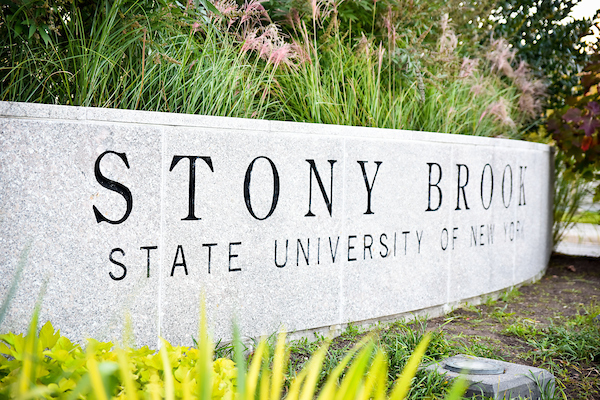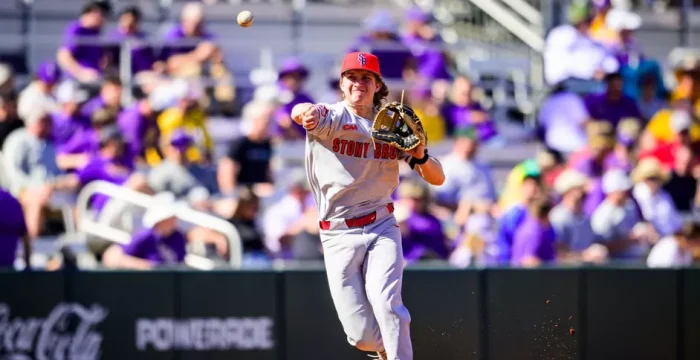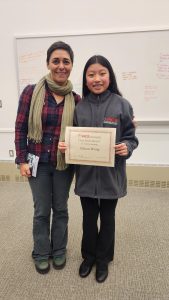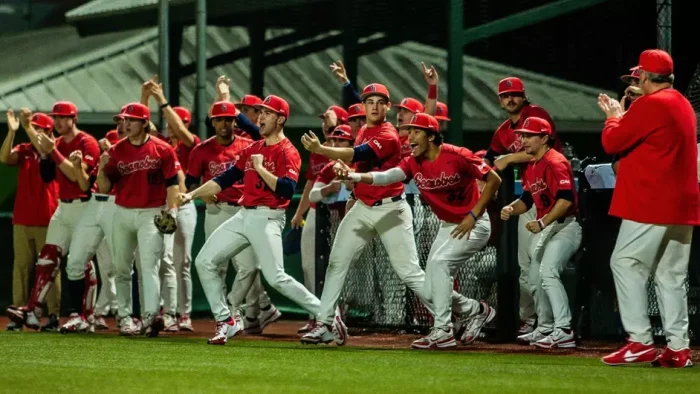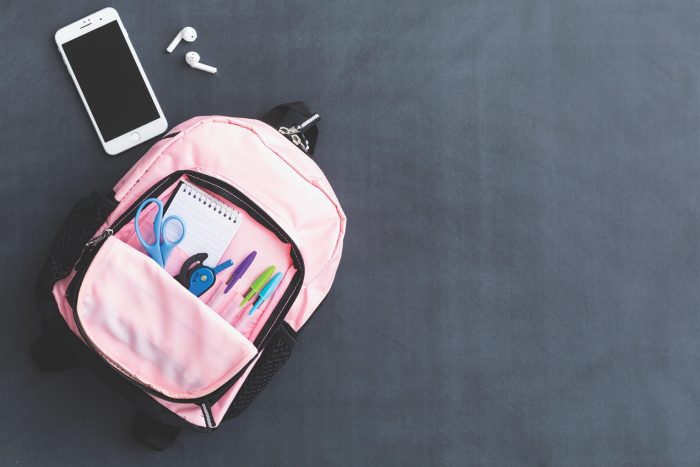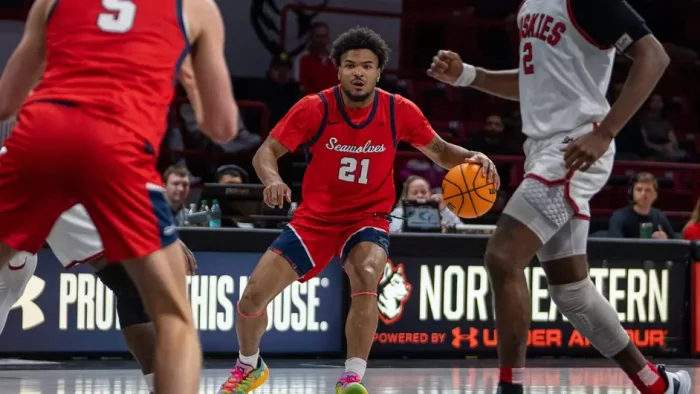High school students can have their first immersive college experience at Stony Brook University’s Pre-College Summer Program, the residential program for rising high school juniors and seniors.
The Pre-College Summer Program offers one- to two-week courses that provide attendees with the opportunity to have a college campus experience, take courses, participate in workshops, and access resources across campus, including bridging connections with Stony Brook faculty and industry experts.
Throughout the program, attendees will connect with like-minded program participants, while learning to transition to college life and explore areas they might want to pursue a degree in. Prospective attendees must apply to be accepted into the Pre-College Summer Program.
There are a number of discounts available. High school students who apply before March 7 will receive a discount of $100 on the program fee, while those who are currently enrolled in Accelerated College Education at Stony Brook University will receive a $150 discount, and those who qualify for free and reduced lunch will receive a $250 discount on the program fee.
Scholarship opportunities are also being offered for future Seawolves. Students who attend the Stony Brook Pre-College Summer Program this year and subsequently apply, get accepted and enroll at Stony Brook will be eligible for two possible scholarships: New York State residents will receive a $1,000 scholarship over four years ($250 per year) and out-of-state residents will receive a $2,000 scholarship over four years ($500 per year).
Courses include:
- Aerial Robotics, where participants will learn how to build a robot of their own – a micro quadcopter drone – and program it to fly itself across an arena.
- Introduction to Biotechnology, where participants will be introduced to some of the basic techniques used in the field of biotechnology.
- Cancer Biology, where participants will conduct hands-on experiments to create extracts containing phytochemicals and learn what happens when these extracts are used to treat cancer cells.
- Communicating Science, where participants will develop tools to effectively communicate in a way that excites, engages, and encourages audiences to want to learn more about science.
- Computational Linguistics, which introduces participants to the wonders of natural languages and the analytical methods underlying natural language technologies, including AI, used worldwide.
- Computer-Aided Design (CAD) and Additive Manufacturing, where participants will learn the principles of CAD software for 3D modeling and assembly, the basics of additive manufacturing and its applications in engineering, and the design process, including requirements analysis and prototyping.
- Creative Writing, where participants will read and discuss contemporary works of nonfiction, fiction, and poetry as well as practice writing around these genres through exercises.
- Dental Sciences, where participants can obtain hands-on experience in an advanced preclinical laboratory as well as discover what it’s like to be a dental student.
- Electrical Engineering, where participants will explore the fundamentals and practice of engineering.
- Engineering Problem Solving with AI, where participants will discover how to find engineering solutions using generative AI.
- Environmental Science in the Worm Lab, where participants will design and conduct experiments in ecotoxicology including using experimental design, data collection and data analysis.
- Finding Your Passion in Health Professions, where participants will learn about advancing career options and discover what it takes to become a successful member of today’s interprofessional healthcare team.
- Introduction to Engineering Design, where participants will experience the fundamentals of engineering through hands-on activities and projects. They will work with hand tools, learn the basics of 3D printing, and engage in practical problem-solving to design, build, and test their own creations.
- Machine Learning and Self-Driving, where participants will be introduced to machine learning and self-driving through both lectures and hands-on interactive exercises with self-developed remote-control vehicles.
- Micro Filmmaking, where participants will learn visual storytelling by developing a micro screenplay and ultimately create a final micro film.
- Pre-Law, where participants will learn civil law concepts, including intentional torts, negligence, product liability and contracts.
- Robotics Engineering, where participants will be taught the fundamentals of robotics, including practical electronics, mechanical design, and microcontroller programming. They’ll develop problem-solving skills, advance critical thinking, and broaden creative and innovative reasoning.
- Sustainability in Action, where participants will learn about local, regional, national, and international efforts at sustainability through brief lectures in the morning, guided research into examples of sustainability, and afternoon field trips to locations on and off campus to see sustainability in action.
- TV Studio & Video Production, where participants will have hands-on experience in video production and explore camera operation, composition, video editing, and production techniques in a state-of-the-art broadcast studio and computer classroom.
- Understanding Public Health, where participants will participate in this experiential program offered by Stony Brook University’s School of Health Professions, where they will learn about advancing career options and discovering what it takes to become a successful member of today’s interprofessional healthcare team.
“The Pre-College Summer program is designed to inspire and engage. Our renowned faculty and dedicated staff work exceptionally hard to create an environment for rising high school juniors and seniors characterized by active learning, discovery, and community,” said Peter Diplock, PhD, vice provost of Continuing, Professional, and Online Education, School of Professional Development. “Our overarching goal is to provide our participants with a realistic preview of university life in a fun and supportive environment.”
Participating students can take courses, led by Stony Brook faculty, all while living on the Stony Brook campus. Students also have the opportunity to participate in recreational activities held on campus. In addition, the program is supplemented by participation in college readiness workshops.
“Pre-College Summer is designed to give participants a preview of college life and give them the confidence necessary to successfully navigate the transition from high school to university. Because our courses are non credit bearing, there is no added pressure of tests and assignments to complete, only an immersive, hands-on learning experience for our participants,” said Tayyiba Qureshi, interim director of the Pre-College Summer Program. “This also allows our instructors the creative license to paint on a clean canvas in ways that make learning transformative, fun and inspiring. It’s an opportunity for them to preview a field of study and perhaps decide if they want to pursue it as an undergraduate – or they may walk away from the program thinking ‘this is not what I want to do for the rest of my life!’ That’s the beauty of this program, it’s the realistic introduction to college and all of its intricacies without the lasting commitment.”
Courses will be held across four sessions throughout the month of July
- Session One: July 6-11
- Session Two: July 13-18
- Session Three: July 20-25
- Session Four: July 27-August 1.
The program cost is $2,250 ($2,000 is the discounted rate for free or reduced lunch recipients). Applications close on May 30, 2025. The application process involves submitting the applicant’s high school transcript, a reference, a short essay, and a $45 application fee.
Learn more about the Pre-College Summer Program at stonybrook.edu/precollege-

